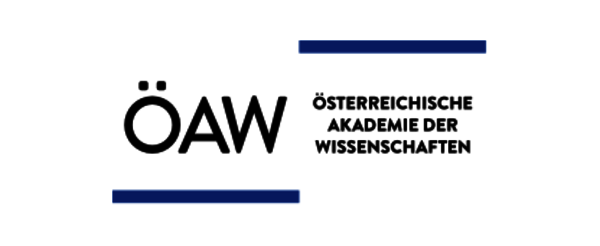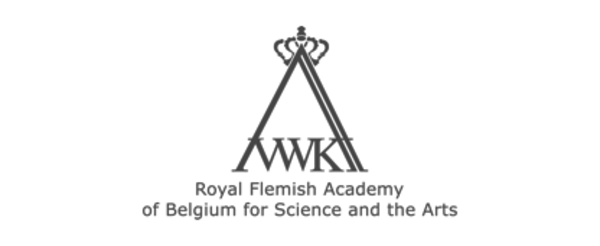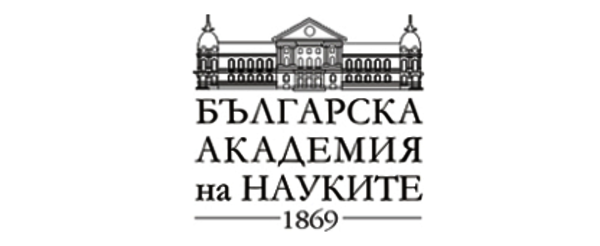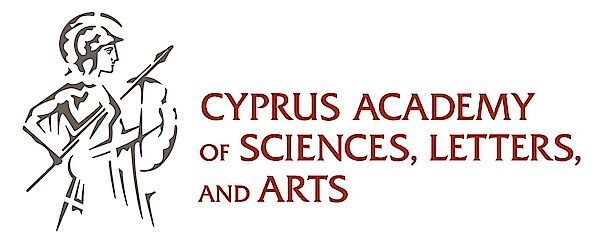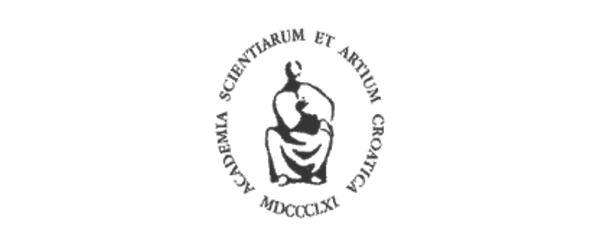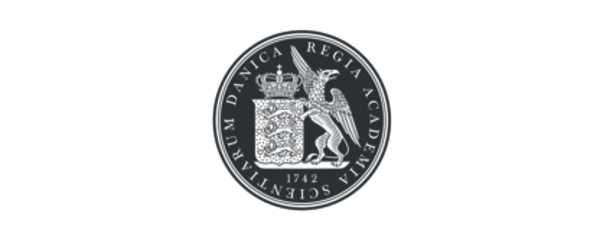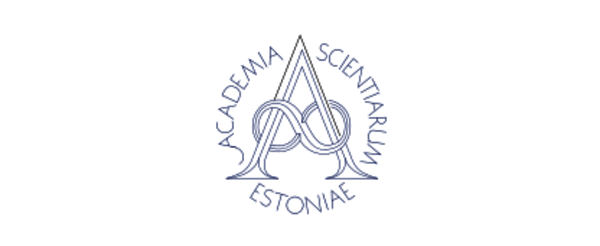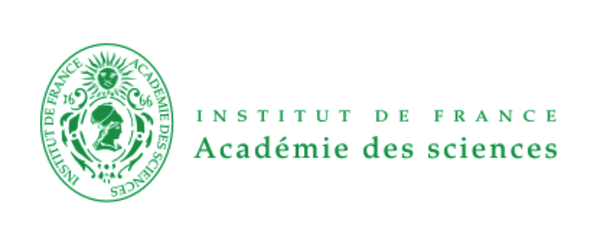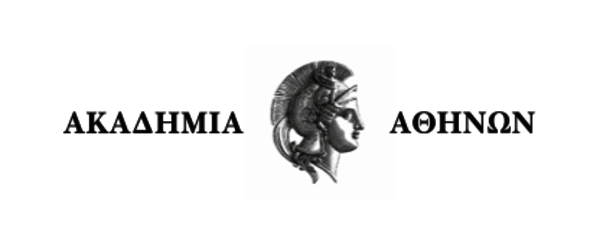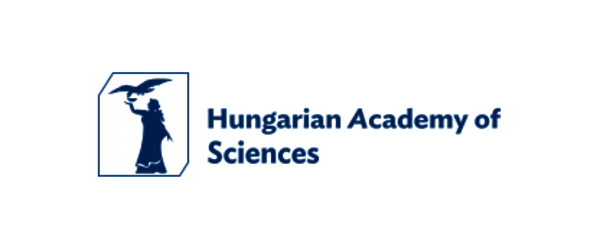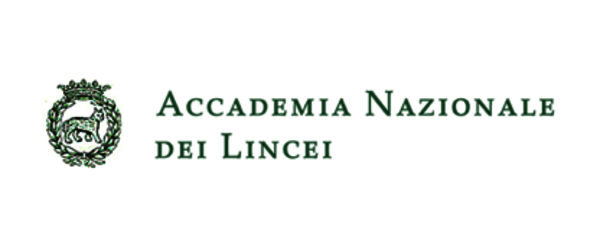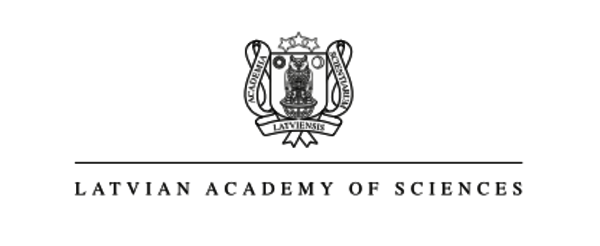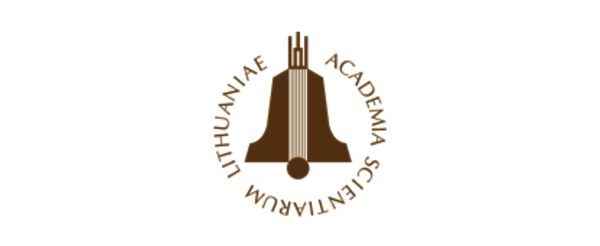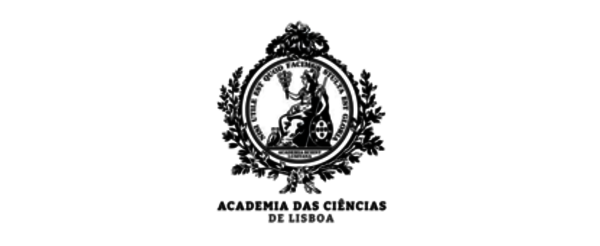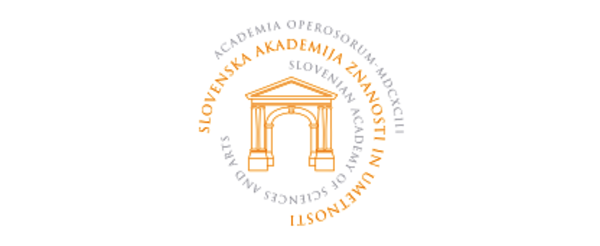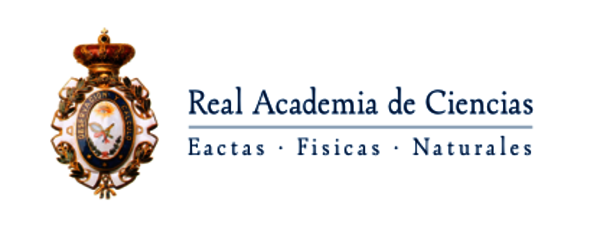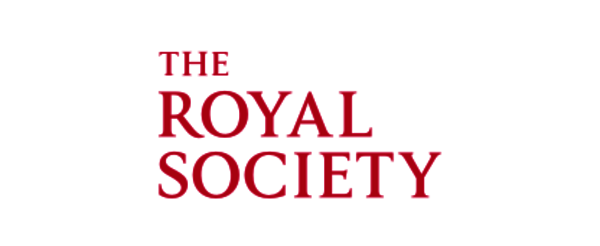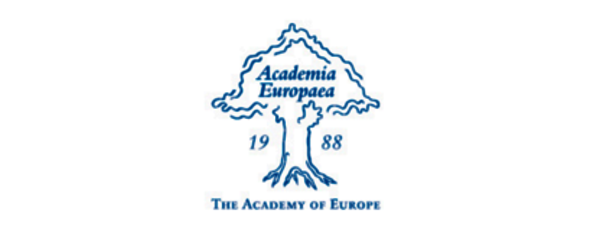Publications
EASAC sets out strategy for antimicrobial resistance fight back
New scientific approaches and EU-wide support essential for success claims van der Meer
In a comment published today in Nature Reviews Drug Discovery, the President of the European Academies' Science Advisory Council (EASAC) describes a new strategy for a concerted fight back against antimicrobial resistance. Jos van der Meer, himself a distinguished infectious disease specialist, claims that only a completely novel scientific research approach and removal of bottlenecks, backed by concerted EU support, offers any hope of success in what is becoming a war against the growing number of drug-resistant pathogens. Taking just one example, it is estimated that 25,000 people die annually in the EU from sepsis caused by resistant bacteria. The strategy is outlined in full in the new EASAC Statement "Antimicrobial drug discovery: greater steps ahead".
EASAC has a long-standing interest in the opportunities and challenges associated with tackling infectious diseases. However, in March this year, realising the situation has reached a major crisis point, EASAC, led by its member academies in Germany and the Netherlands, organised a high-level summit in Hannover for leading European experts to "think outside the box" and come up with radical new ideas and approaches. Key topics discussed were:
- How can we learn from previous examples of success, and lack of success, in antibiotic research and development?
- What are the functions of antibiotics in their natural environments?
- What are the opportunities for novel approaches to tackling pathogens, for example based on virulence modulation or immune stimulation?
- How might pathogen-specific pathways be influenced?
- Can host cell targets be found that inhibit intracellular bacterial infection?
- Are there new sources of antimicrobial compounds and delivery systems that can capitalise on emerging technologies?
Van der Meer, who led the meeting, said: "There was rapid consensus among all the participants at the meeting on the urgent need to support and generate good new science, dismantle the bureaucratic obstacles to using the outputs from that science and ensure that innovation can be sustained in the longer term."
EASAC has now drawn up a series of 6 key recommendations which form the basis of a new strategy:
Support for basic research to include the social sciences as well as biosciences and allied disciplines, to understand antimicrobial resistance and provide the resource to underpin diverse scientific approaches to combatting pathogens.
Platforms for compound identification, lead optimisation and characterisation such as using transcriptomics to define and differentiate modes of action; investigating new natural product sources; deciphering the rules for chemical compound penetration into cells; utilising prodrugs, other delivery systems and combinatorial chemistry approaches; standardising mechanisms for activating silent genes; culturing the hitherto unculturable micro-organisms; and identifying off-target effects.
Resolving the bottlenecks for pre-clinical and early clinical development activities by developing collective EU resources. This requires clarification of the science and technology competencies that are limiting current efforts to reach proof-of-principle stage, in particular relating to animal models, medicinal chemistry, drug metabolism and toxicology, and capturing new sources of funding to support of academic investigators.
Optimising current EU partnerships by building on strategies including the Innovative Medicines Initiative and the Joint Programme Initiative on Antimicrobial Resistance, to ensure sufficient EU funding, concentration on the best research, tools and therapeutic assets, and flexibility to pursue new research directions.
Rethinking regulatory frameworks to introduce simpler data requirements where appropriate, to increase the use of conditional licensing followed by comprehensive monitoring of patients, and to take account of the expected availability of new diagnostic tests.
Raising public and political awareness of the threats from antimicrobial resistance and of the steps that must be taken to counter the challenges. There is much to be done to engage with the public and decision-makers to preserve the efficacy of the antibiotics already available, but also to stimulate sustained support for research and innovation. This necessitates better appreciation of (1) the importance of animals in research, (2) the improbability of generating medicines with zero side effects and (3) the need to reduce bureaucracy while providing greater public resources to accelerate innovation.
"Antimicrobial drug discovery: greater steps ahead" will also be debated in a meeting by EASAC involving policy-makers and the public in Brussels on 3 December 2014. Details <link http: www.easac.eu home reports-and-statements detail-view article antimicrobia.html external-link-new-window external link in new>here.
The statement can also be downloaded from the EASAC website <link fileadmin pdf_s reports_statements easac_statement_antimicrobialdd_webvs.pdf file>here.
EASAC is formed by the national science academies of the EU Member States, to collaborate in giving advice to European policy-makers. EASAC provides a meansfor the collective voice of European Science to be heard. Through EASAC, the academieswork together to provide independent expert, evidence-based advice about the scientificaspects of European policies to those who make or influence policy within the European institutions.
Media Contacts:
Richard Hayhurst
Head of Media Relations
EASAC - European Academies' Science Advisory Council
<link window for sending>richard.hayhurst@easac.eu
Tel: +44 (0)7711 821 527
Sofie Vanthournout
Head of EASAC Brussels Office
<link window for sending>sofie.vanthournout@easac.eu
Tel: +32 (0)2 550 23 32
<link fileadmin pdf_s press_releases easac_press_release_antimicrobialdd.pdf download file>Download Press Release
back to overview
